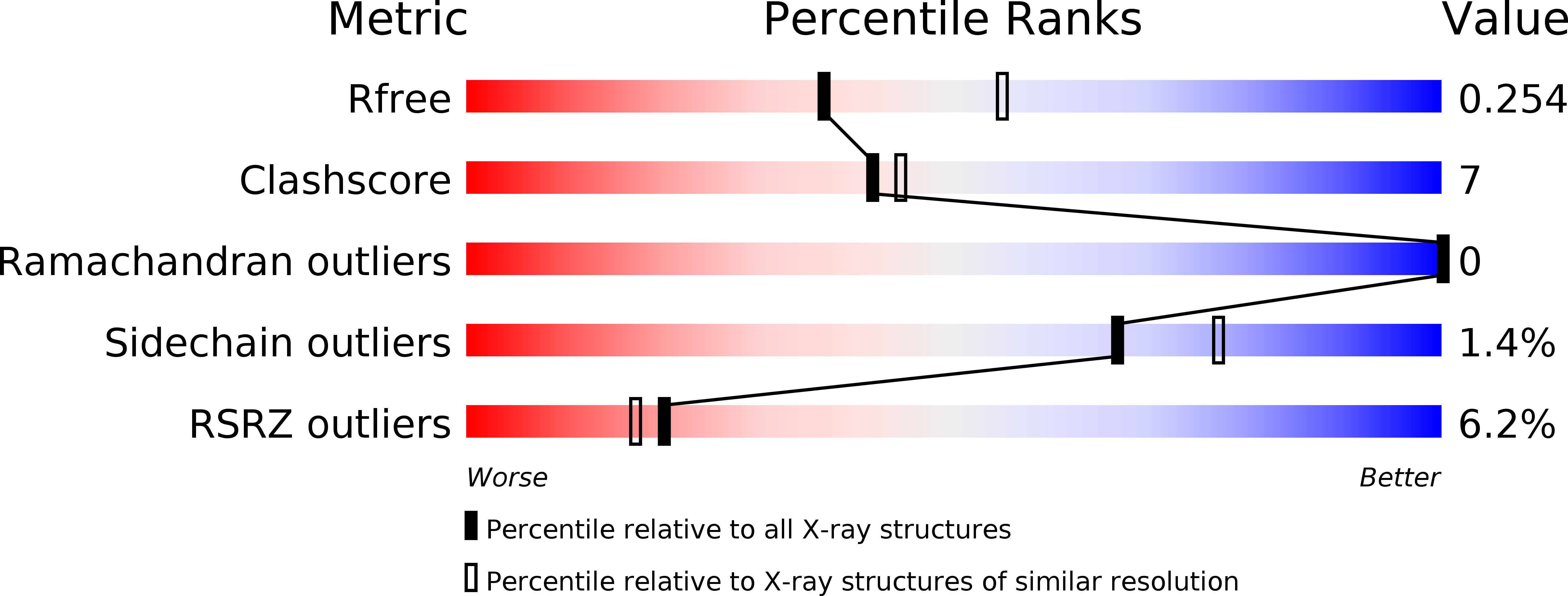
Deposition Date
2011-02-02
Release Date
2012-01-11
Last Version Date
2024-10-16
Method Details:
Experimental Method:
Resolution:
2.45 Å
R-Value Free:
0.25
R-Value Work:
0.23
R-Value Observed:
0.23
Space Group:
P 31 2 1


